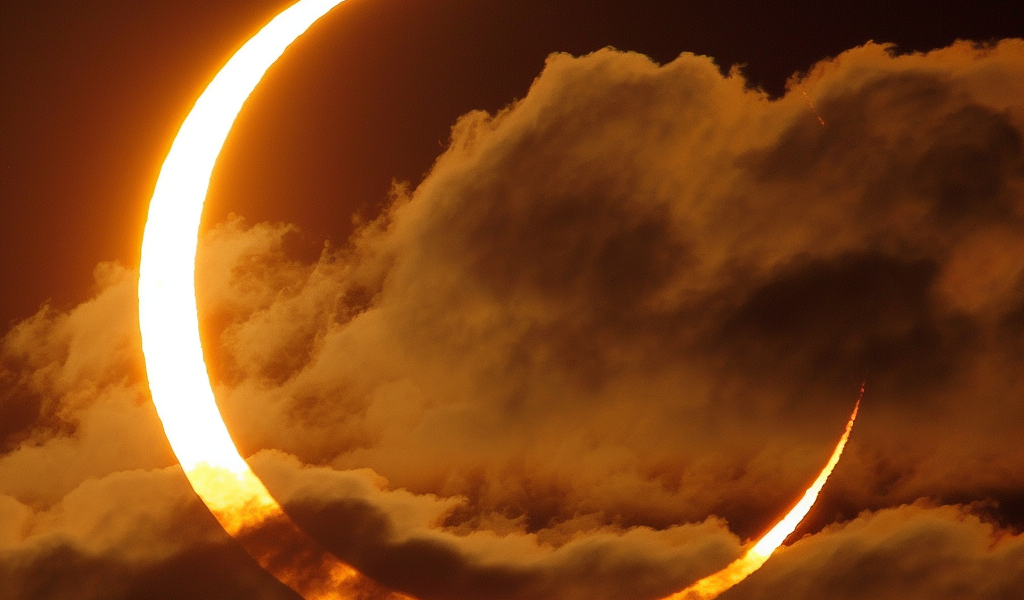With a total solar eclipse coming on April 8, 2025, people around the world are talking about eclipses. The anticipation surrounding this particular celestial event stems from its rarity and spectacle, as well as the opportunities for scientific study and public engagement.
The impending eclipse also has people wondering: When was the last solar eclipse?
The last total solar eclipse visible in the United States was on Aug. 21, 2017. Totality lasted 2 minutes and 42 seconds. The total solar eclipse of 2010 was the last time it was possible to experience a totality of over four minutes, according to Space.com.
Since then, subsequent eclipses have included an annular eclipse on Dec. 26, 2019; a partial eclipse on June 10, 2021; and a rare ring of fire eclipse on Oct. 14, 2023.
According to NASA, a solar eclipse happens when the moon moves between the Earth and the sun, blocking the sun’s light from reaching parts of the Earth. This occurs during the day when the sun, moon and Earth align in a straight line. Depending on where you are, you might see the sun partially covered or completely hidden by the moon.
During a partial solar eclipse, observers will see the moon partially covering the sun. This creates a crescent shape of sunlight as the moon moves across the sun’s disk.
During a total solar eclipse, the moon completely covers the sun, leading to a temporary darkness during the day. Birds may stop chirping, stars become visible and the temperature may drop during totality.
On average, there are two to five solar eclipses of various types each year, visible in various parts of the world, according to Astronomy.com.





